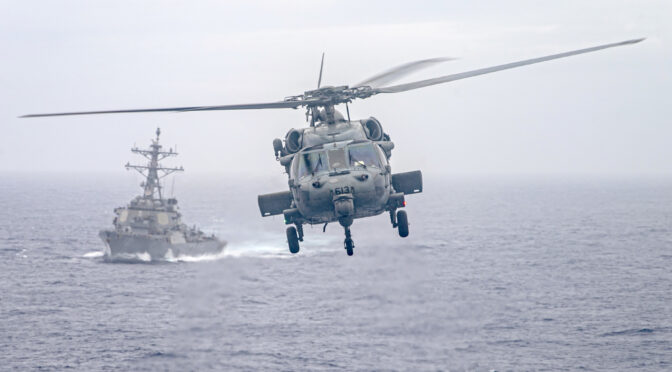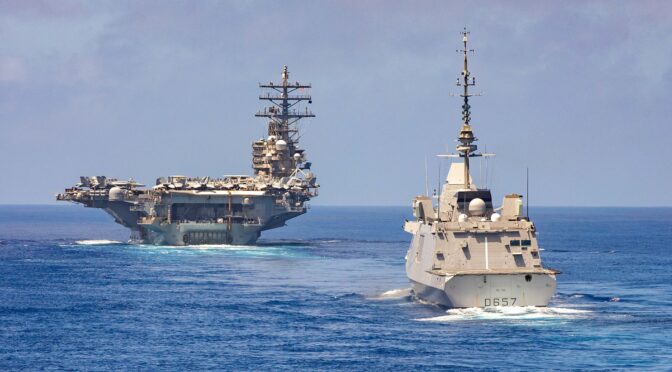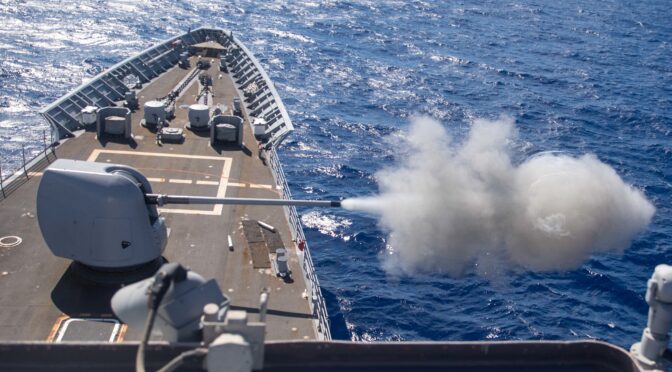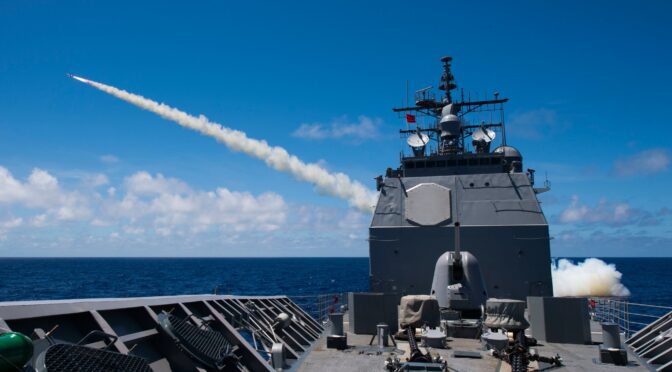By Dmitry Filipoff
Last week CIMSEC featured articles submitted in response to our call for articles on integrated naval campaigning, issued in partnership with the Naval Postgraduate School Foundation.
The 2022 National Defense Strategy encouraged defense policymaker and the services to organize their efforts in the form of campaigns. These more long-term and integrated efforts aim to enhance competitiveness and unity of effort. For navies, there are abundant opportunities to structure efforts into campaigns. From competing with undersea gray zone activity in the Indo-Pacific, to leveraging unmanned systems to change a competitor’s risk calculus, navies can adopt more integrated and long-term methods of competition through campaigning. But navies must also understand their limits, whether it be force generation or other resource factors, to better understand the extent to which they can realistically pursue campaigns. Navies must carefully weigh these considerations are they structure their many efforts into concerted campaigns.
The featured authors are listed below, and we thank them for their excellent contributions.
“Revise Force Generation to Create Campaigning Opportunities,” by CDR Brett LeFever
Looking at both sides of these resourcing strategies, the Navy needs to answer the hard questions of both campaigning capacity and effectiveness, allowing the department to evaluate campaigning with a budget lens. This could provide a different strategy for future defense budgets and resourcing.
“The Bay of Bengal Gray Zone: U.S. Navy Roles in Integrated Campaigning,” by Mohammad Rubaiyat Rahman
The geostrategic situation in the Bay of Bengal reflects the need for a concept of integrated naval campaigning in support of a rules-based Indo-Pacific. The significance of this maritime zone is looming larger in the strategic calculus of the Indo-Pacific region and has become a central arena for gray zone competition, especially between Indian and Chinese maritime forces.
“Designing Maritime Campaigns with Unmanned Systems: Overcoming the Innovation Paradox,” by James J. Wirtz
The Navy needs to consider how else it can leverage unmanned systems in campaigns, and how these systems can open up unique options for enhancing naval campaigns in pursuit of deterrence.
Dmitry Filipoff is CIMSEC’s Director of Online Content. Contact him at [email protected].
Featured Image: PACIFIC OCEAN (June 12, 2023) – An MH-60S Sea Hawk helicopter from the “Screamin’ Indians” of Helicopter Sea Combat Squadron (HSC) 6 flies near the Arleigh Burke-class guided-missile destroyer USS Decatur (DDG 73) as it approaches the flight deck of the aircraft carrier USS Nimitz (CVN 68). (U.S. Navy photo by Mass Communication Specialist 2nd Class Hannah Kantner)




